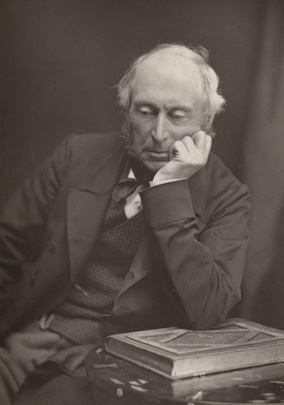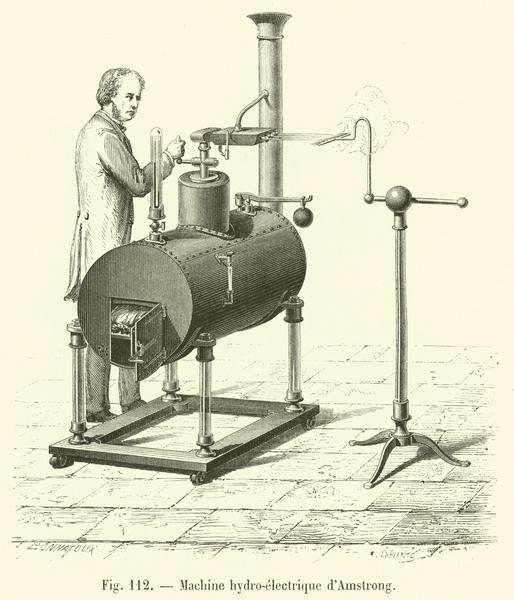William George Armstrong
William George Armstrong was born on November 26, 1810 in Newcastle upon Tyne. When George Armstrong began his career, he trained to be a solicitor, becoming a partner in a legal practice.
However, he was heavily interested in the fields of Science and Engineering. This would shape the rest of his life, starting with lectures at Newcastle’s Literary and Philosophical Society in 1842. His interest would lead on to his greatest achievements in hydroelectricity, hydraulics and armaments. Armstrong died on December 27, 1900 at the age of 90.

Upon his death, the Times printed: “…with his death Newcastle loses her greatest citizen and the country at large one of the worthies of the expiring century. Over his life he provided the endowment for seven hospitals, including the Royal Victoria infirmary”. Newcastle University’s Armstrong Building was named after him in 1904.
In 1840 Armstrong was inspired to create a hydroelectric generator when he observed static electricity emitting from a boiler at the Northumberland coalmine. The hydroelectric generator used an insulated boiler system to produce static electricity. This machine secured his position as a fellow of Newcastle’s Literary and Philosophical society the age of 32.
Armstrong’s passion would eventually change to hydraulics which led to the creation of the first hydraulic crane in 1845. It was used to unload coal from barges at the quayside. The hydraulic crane helped the North East of England to grow and prosper. Newcastle became one of the most important cities in the world as a result.
In early 1845 Armstrong installed water pipes to supply the households of Newcastle. Excess water pressure in the lower part of town was then used to power the quayside hydraulic cranes. The cranes were so successful it led to their use all over the world. As a result of his success, Armstrong was offered a 10 years contract to modify all remaining cranes on the quayside. He was also offered exclusive rights to erect new cranes.

From 1850 to 1851 Armstrong developed the hydraulic accumulator, a container which holds liquid under pressure, which bypassed the need for lakes or reservoirs. Armstrong's hydraulics were used in the construction of bridges. One such project was the hydraulic Swing Bridge over the River Tyne in Newcastle. It was also used in the mechanisms that operate London’s Tower Bridge.
In the 1850s Armstrong became increasingly involved in the manufacture of armaments starting with a report he produced in December 1854.
It was on the construction of wrought iron rifled guns, adapted for elongated projectiles. Rifling is an arrangement of spiral shaped grooves on the interior of the barrel. The spin generated created more accuracy while the new breech loading mechanism meant the guns could be fired two to three times a minute. This new model impressed the Duke of Newcastle who was then the Secretary of War, so much that he ordered six.
However, it was unable to fire common or shrapnel shells. Due to this fact Armstrong was forever recognised by history for his 18-pound breech loading gun which was more accrete at two miles than smoothbore guns at one mile.
